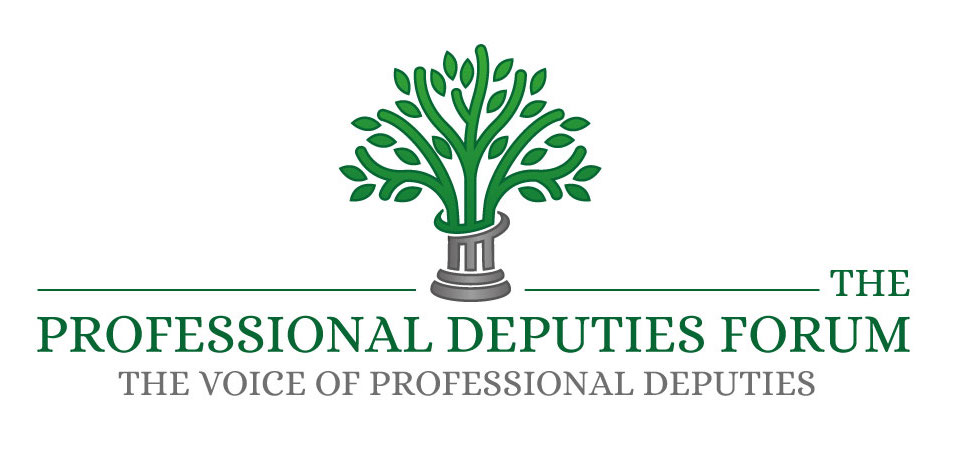By Helen Lord, CEO, Vulnerability Registration Service
“We already know who our vulnerable customers are.”
“Some people don’t want to say they are vulnerable.”
“We don’t know what to do when we’ve identified vulnerability
in our customers.”
These are probably the main sticking points I’ve seen in terms of getting on and sharing data to support vulnerable customers. They are the same barriers that have been thrown around for years and now we’re submerged in a cost-of-living crisis where the number of struggling people, spiralling into debt, is on a steep upward curve and we haven’t got our act together. When VRS was set up, I naively thought that it was simple.
Consumers want one route to communicate the fact that they are in financial or circumstantial difficulties – let’s make life easier for them. Let’s break down some of the pain of communicating with organisations and provide a heads up that someone needs a bit of extra support. Let’s not expect consumers to navigate their way through multiple digital channels and call routing systems when they feel least equipped to do so. Let’s help people get support that is available to them easily when they most need it.
So, for what it’s worth, here is my response to the challenges to data sharing:
We already know who our vulnerable customers are
Clearly, no organisation can know who all their vulnerable customers are and, even if they did, the poor customer will then have to go through the pain of relaying their circumstances to the other ten or fifteen service providers that they have relationships with, if we don’t share data.
Our recent survey, conducted by Censuswide, shows that 27% of the UK adults consider themselves to be vulnerable. 38% of those feel that their vulnerability is never taken into consideration by the organisations they deal with.
VRS is the only organisation to share many data insights about vulnerability: Court of Protection Order data where an individual is lacking the mental capacity to manage their finances, when an individual has been a victim of a loan shark, when an individual is at risk of coercion or a Power of Attorney is in place – if an organisation is not accessing this information, they cannot be certain they know who all their vulnerable customers are.
Our surveys have consistently shown that 10% of the population are in fear of homelessness, repossession or eviction. Figures from Refuge suggest that 8.7 million people suffer from economic abuse. Well over 900,000 people in the UK are suffering from dementia.
Identifying vulnerability means sourcing information from many disparate places. It is varied and complicated and circumstances affect different people in different ways and those circumstances change. We only have to scratch the surface to see that we can’t possibly know who all our vulnerable customers are. We may have a bit of a handle on financial vulnerability – although there is still a long way to go – but we have very little understanding of why that financial vulnerability exists.
Some people don’t want to say that they are vulnerable
Our research shows that 40% of people are comfortable with communicating vulnerable circumstances but 15% felt that organisations wouldn’t care if they did, 20% didn’t feel that doing so would make a difference and 13% said that stating they were vulnerable was too frightening.
Another worrying factor is that people over 65 are half as likely to identify as vulnerable compared to the 16-24 age bracket. There is a challenge in engaging with some of the population, particularly with our strong emphasis on digital channels – there is undoubtedly a join between financial exclusion and digital exclusion. We know that a significant minority of registrants on the VRS do not have access to a smart phone. There is therefore work to make sure that some individuals don’t fall below the parapet and that includes ensuring that they are extended support and also are not placed at risk – not least of all from unregulated lending.
However, we can’t expect a panacea – we will never be able to capture everyone’s vulnerability and we should continue on the quest to identify vulnerability where we can. That should not stop us supporting those people we can identify or helping those who are already putting their hand up to state that they want their situation to be given consideration. Where we can identify vulnerability we should already be acting upon it.
We don’t know what to do when we’ve identified vulnerability in our customers
A constant in all sectors, irrespective of the size of the organisation, is a concern, even a fear, of doing the wrong thing when dealing with a vulnerable customer, of making things worse. In many ways, this is unchartered territory – we’ve spent decades assessing people’s financial circumstances and credit history and making decisions based on this. Context and circumstances haven’t been brought into the mix.
We are now making service-driven decisions not solely based upon finances but with the backdrop of individual’s personal circumstances where emotions, personality, relationships and health all play a role.
So, it is a challenge but it’s a challenge that needs to be addressed – we’re not just dealing with social responsibility but regulatory expectations. What we need to remember is that our responsibility is to be aware of an individual’s vulnerability only in as much as it affects that person’s interaction with the service being provided – we can’t provide a remedy to all their problems.
That means looking closely at our customer journeys to make sure that where we identify an issue, people are channelled in the right way, communicated with appropriately and given the right level of support. On occasion that may mean that they need specialist support and that may mean an investment in resource. It also means that customer service needs to be sufficiently robust, not just during the acquisition process, and that staff are trained and equipped to deal with vulnerable people.
We’re beyond the point of opening conversations about vulnerability with ‘the problem is …’, or to be considering pilots that may commence several months or to be paralysed by a fear of breaching data protection law instead of focussing on making sure our reasons for processing stack up. Where we are able to identify vulnerability in customers, we need to be acting now.
Originally published in the Collaboration Journal Autumn 2022 – Issue 12













Post a comment